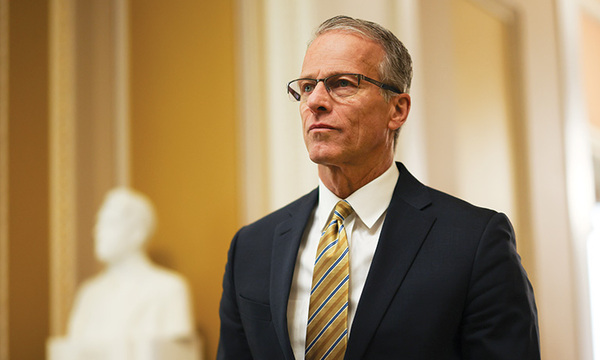The church has been conflicted over the centuries about its relationship to images. The evangelical expression of Christianity has often adopted a suspicious and, occasionally, hostile attitude toward the visual arts. “Arts and the Bible” — a class required of Biola’s art majors — investigates the history of these positions and provides theological affirmation for students’ involvement in the visual arts.
As I teach this course, I encounter three common questions from students. The first question is: What does the Bible have to say about the arts? The quick response is “Not a lot.” As with many other controversial issues and matters of daily life in the 21st century, the Bible does not offer much in the way of direct statements. In their book Art & Soul, authors Hilary Brand and Adrienne Chaplin say: “The Scriptures give us not a theology of the arts, but a biblical framework within which the arts, like all other human activity, can be evaluated and understood.”
The biblical stories ask demanding questions of all those who claim to follow Jesus, including artists. For example, in Luke 4:18-19, Jesus explains the direction of his mission by quoting from Isaiah 58 and 61. He reveals that his ministry priority is to the poor, oppressed, sick and incarcerated. Knowing this, we should ask: What is the ministry of artists in a world full of misery and injustice? This question reveals a way of connecting Scripture to the artistic vocation. It leads to a bigger question: How can artists contribute to God’s kingdom?
The second common question students ask is: How should an artist with Christian commitments relate to the culture? Evangelical Christianity has generally related to the culture in two ways: by separation and combativeness. The separation posture is an inheritance from the influence of late 19th century revivalism in the church, when emphasis was placed on abstaining from all cultural activity that might place Christians in morally compromising situations. Many art forms became suspect and were, therefore, avoided or, in some cases, condemned.
The combative posture is a result of the influence of apologetics in the church and the resulting culture wars that raged during the 20th century. Evangelical “combatants” tend to use intellectual weapons and frequently view art as an irrelevant bystander or, occasionally, as a hostile enemy.
So, where does this place the artist who is committed both to the Christian faith and cultural involvement? Many younger evangelical Christians find separationism and combativeness dissatisfying. They are looking for robust alternatives. I advocate the label “culture-makers”: artists who understand that their calling is to create images that generate beauty and meaning into the culture. A model for this approach is Los Angeles artist Lynn Aldrich, a Christian and guest speaker in the class. Her sculptures have been widely exhibited in museums and galleries throughout the world. Art collectors and critics praise her work and recognize a spiritual dimension not always found in installation sculpture. Aldrich is a culture-maker whose art ignites questions about meaning and God.
The third common question is: What is the relationship of artists and art with the church community? Evangelical Christianity has made enormous contributions to Bible study, apologetics, doctrinal development and evangelism. But, unfortunately, no one (to my knowledge) has accused evangelicalism of great art and architecture. We are part of the iconoclast tradition, which dates back to the earliest periods of the Christian church. Iconoclasts reject artistic images as valuable and, instead, esteem the word.
We live in a time when there is a proliferation of fixed and moving images. Artists are in a position to help the church come to terms with this communication revolution that is happening to all of us. They can help church leaders understand the role that images and beauty play in the culture. They can help beautify our churches and educational campuses. Artists can connect churches with a culture that finds spiritual questions intriguing.
 Biola University
Biola University


